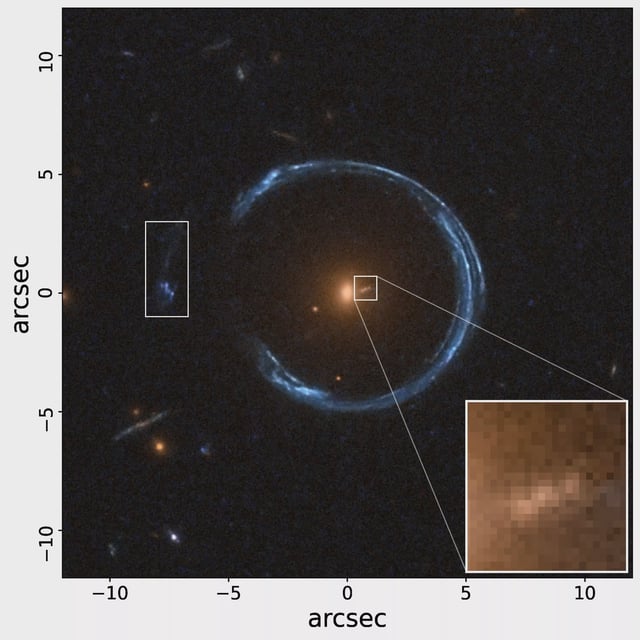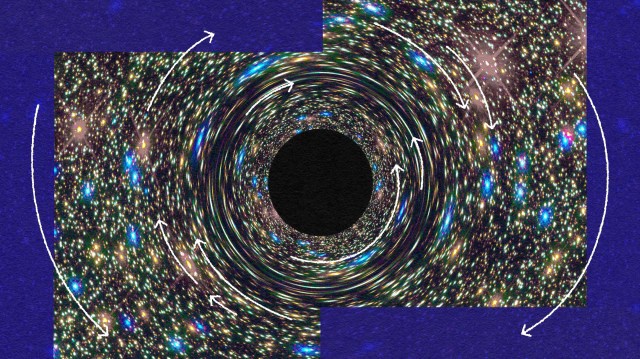Overview
- Published in Monthly Notices of the Royal Astronomical Society, the study reports a robust mass estimate for a dormant black hole at the centre of SDSS J1148+1930, a galaxy roughly 5 billion light-years away.
- By merging gravitational lensing data and stellar kinematics, researchers derived a mass of about 36–36.3 billion solar masses.
- The measurement places the object among the top ten most massive black holes confirmed and close to the theoretical upper bound of about 50 billion solar masses.
- The host galaxy, nicknamed the Cosmic Horseshoe, is a fossil group structure thought to have grown through hierarchical mergers that combined multiple black holes.
- The authors advocate applying their dual-method technique to archival observations and upcoming surveys including ESA’s Euclid telescope to uncover more hidden ultramassive black holes.



